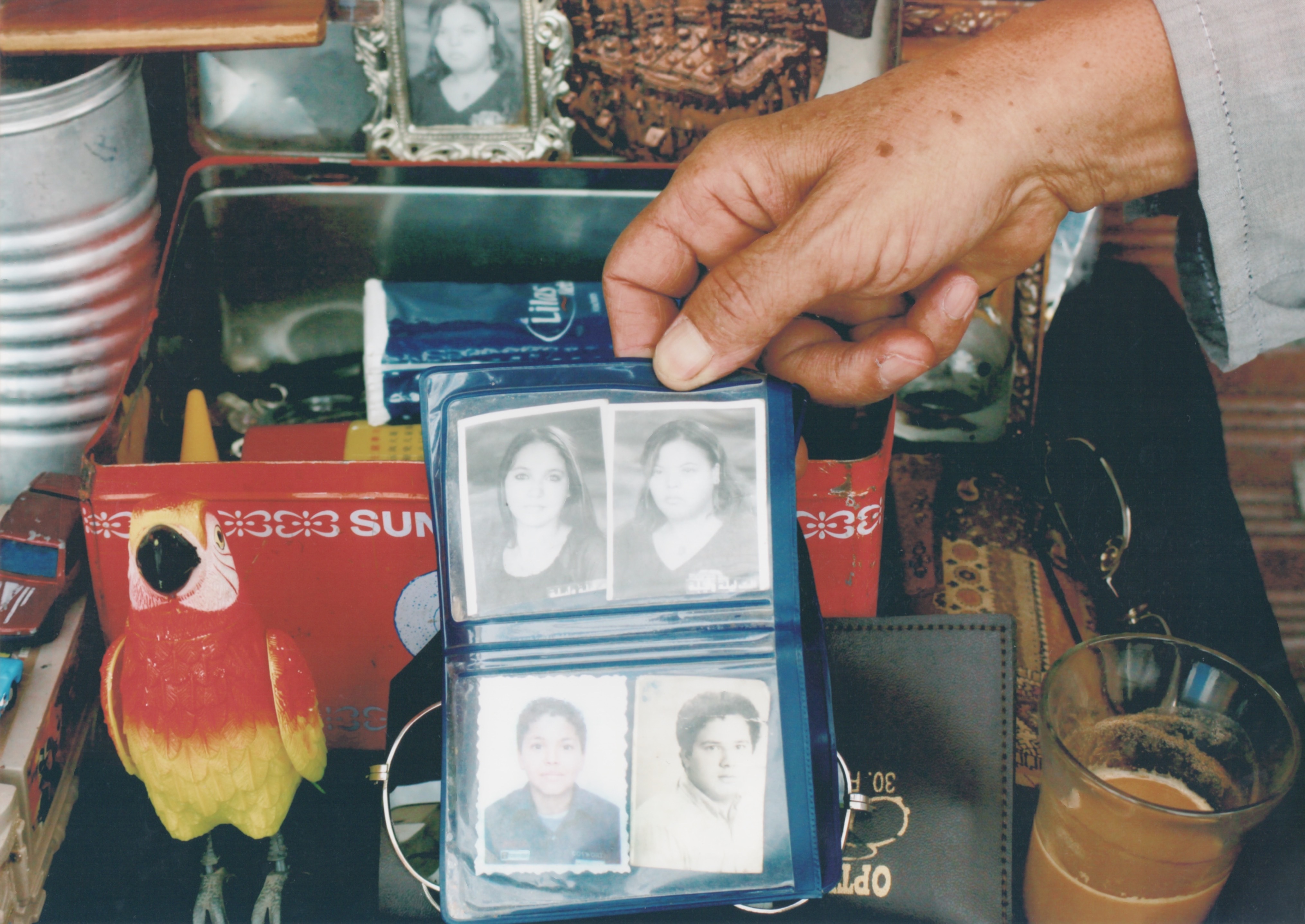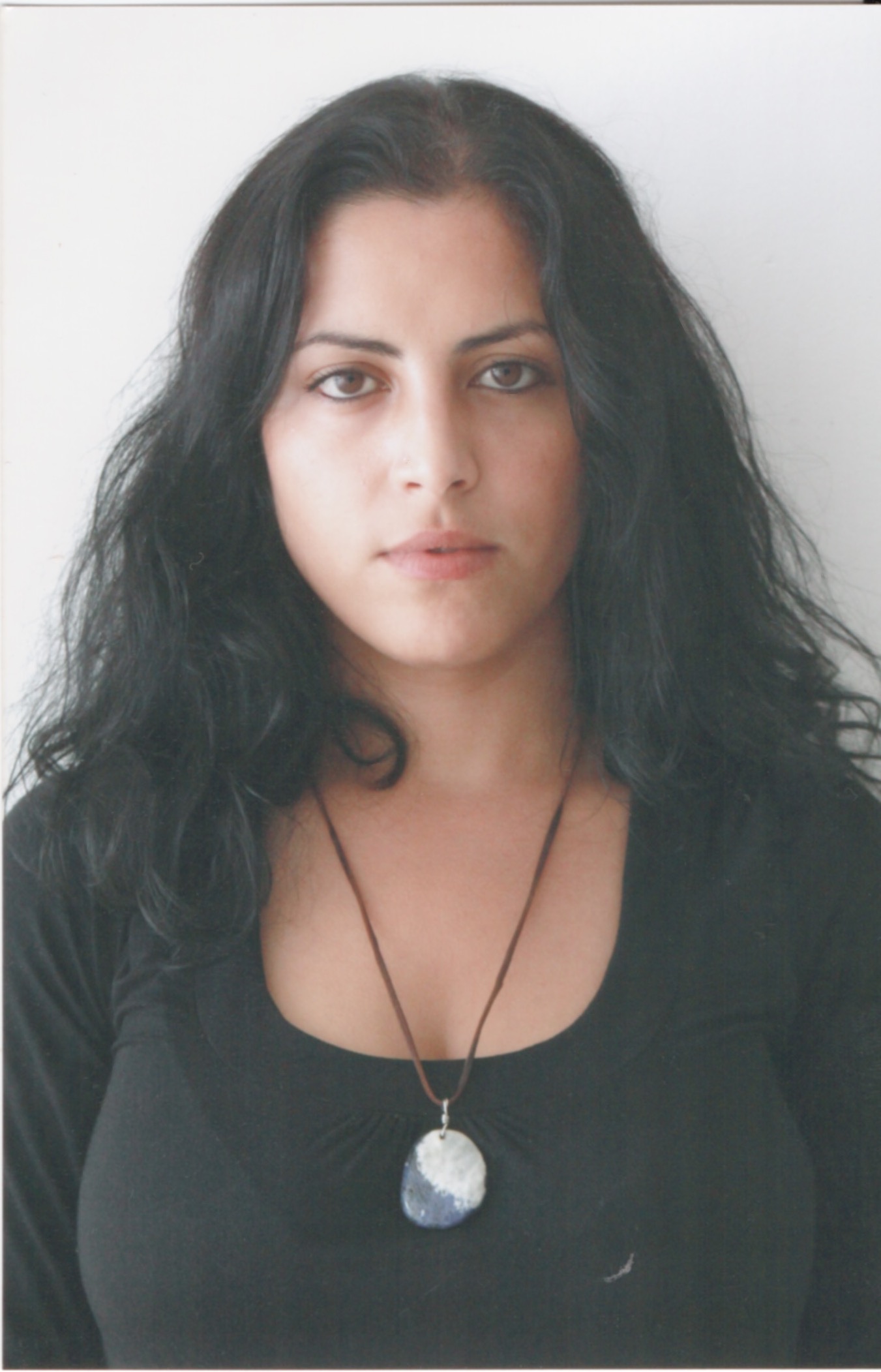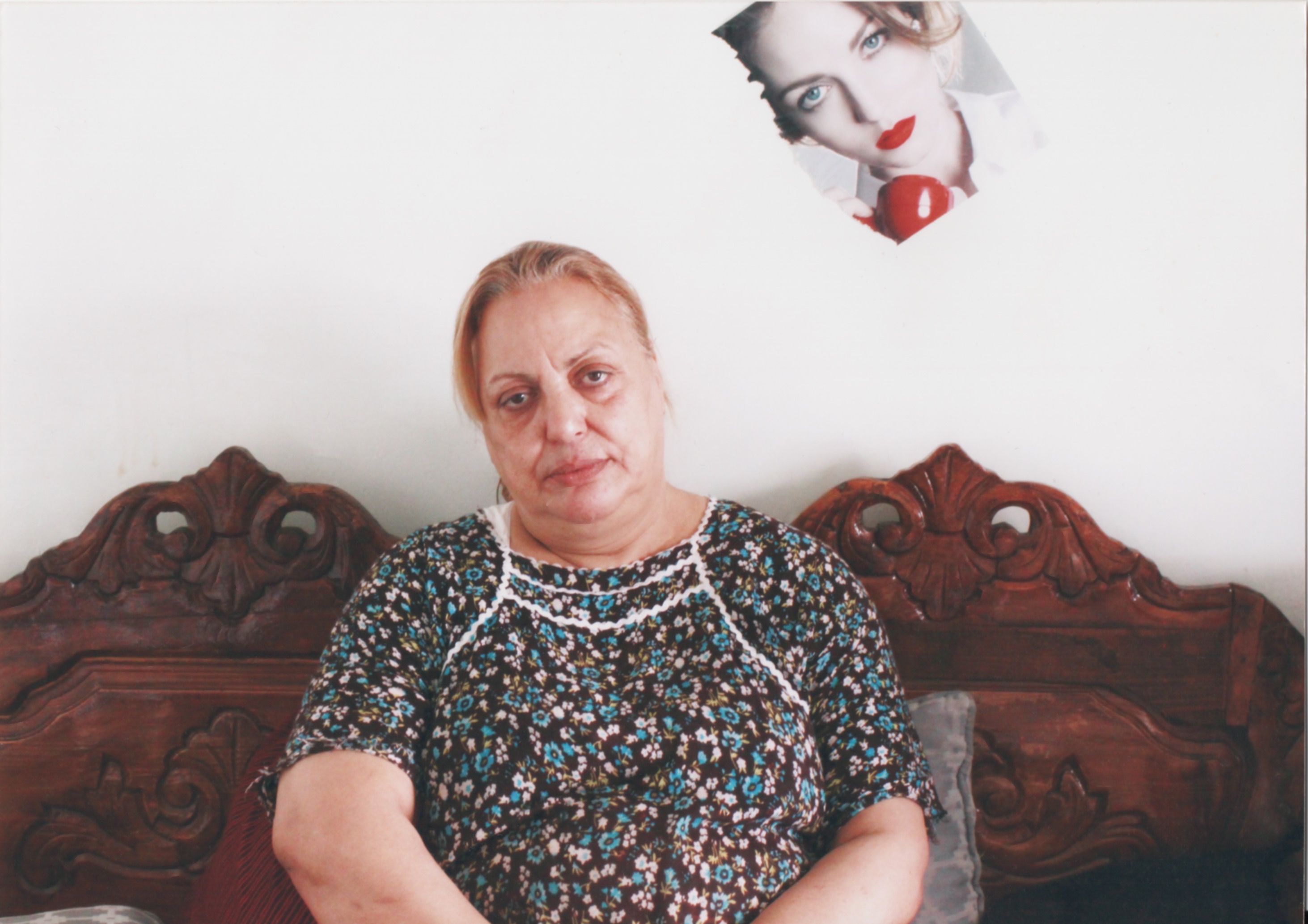ANA GANDUM
F de Femmes
expanded retrospective diary
Tunis, October 2010
In 2010 I went to Tunis to participate in an artistic residency at Elteatro within the festival Voix de Femmes. Along with eight other women photographers I was challenged to work on the topic “women in Tunisia”. With a production period of only one week we were also supposed to produce a collective exhibition with the resulting images. Questions of personal and cultural appropriation, objectification of women through photography were raised during residence.
*
In a bazar in a non-touristy part of Tunis, Ammar approached me. He was a street merchant but he was not trying to sell me anything. He began talking about his daughters. One of them had Down's syndrome who had died some time before. He had a picture of her in a little plastic case in the display of his street shop, among many cheap pieces of bijouterie, toys, sunglasses, cans, among other items. While talking about his daughter he pulled out his wallet to show me that he always carried a copy of that same ID picture of her with him. There were also pictures of his two sons and of his second daughter. He told me things about his daughters that I no longer remember. He gave me a two-piece ring that in the moment I shot the picture was located just in front of the vividly-colored plastic parrot.
*
Around 3pm I entered Leila’s saloon. I was lost in Tunis. I remember today so little of our encounter, apart from the fact that she seemed tired and at the same time extremely strong and fierce. I remember the fact that she didn’t speak English nor French, or maybe only just a few words. I don’t know how we communicated nor what I did in the saloon for about one hour. I also don’t recall how I got to ask her to take her picture. I only vividly remember her extremely gentle manners, and the sound of her name: Leila.
*Inès is an actress. She posed for my camera on my request with both her necklace and her eyes.
*The more I talked to Tunisian women the more women’s roles and conditions in the Tunisian society emerged as dual and fractured by a relatively recent social division between Islamist/conservative influences, and secular, feminists movements.
*Walking in the streets of Tunis, I entered an antiques bookstore where I stumbled upon an old French “abecédaire” guide of Tunisia from the 1970s, that
approached the territory as a touristic space, full of ethnographic
curiosities. The guide offered a caricatural description on “women” in Tunisia. In the same bookstore I also found a sociology book from
the 1990s, also written in French, analysing the condition of women in Tunisia. Although the texts and analysis were evidently distinct,
both of them perpetuated the idea that women are objective topics more than they are
subjective societal agents.
I took a picture of a graphic from the sociology book,
and from the page of the “entrée” ‘F de Femme’ of the tourist guide. In the exhibition at Elteatro women drew distinctions between what they considered to be their actual condition in Tunisian society and the one they identified in both texts.



